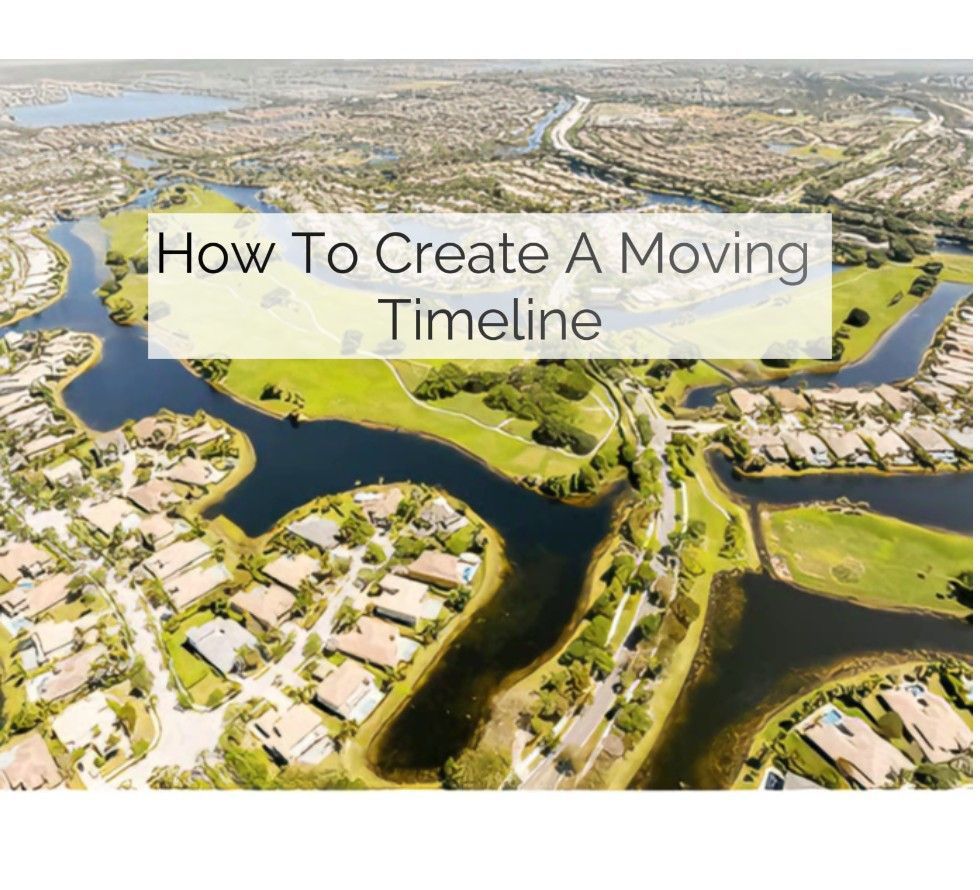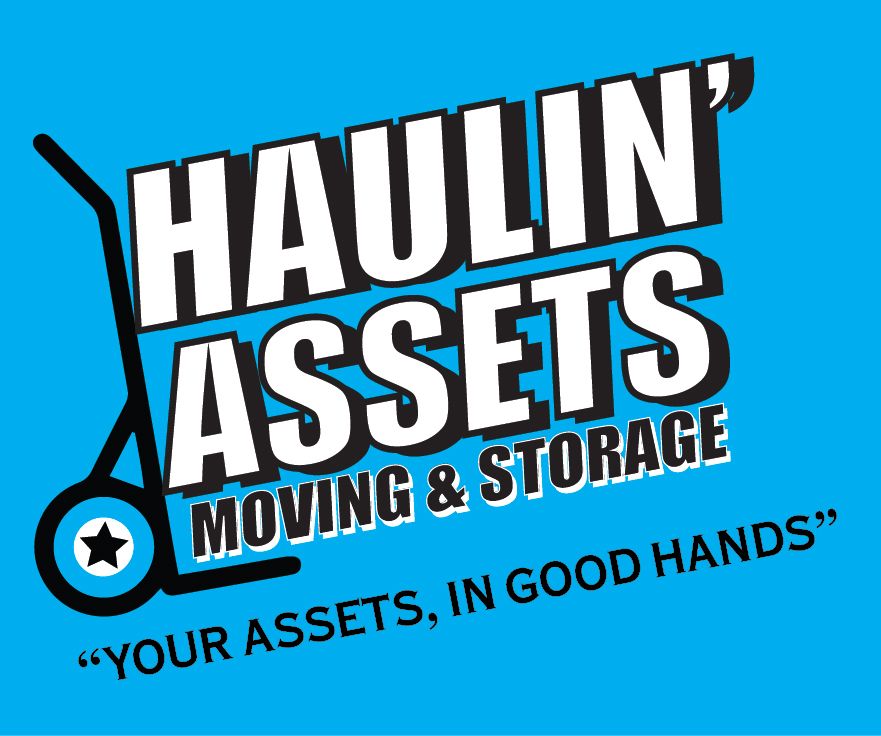When considering a move to a new city, one of the first questions that often comes to mind is: Is it safe? Nestled along Florida’s coast, Pompano Beach is a popular destination for those seeking beautiful beaches, a vibrant lifestyle, and a welcoming community.
But like any city, safety is a key concern for potential residents and visitors alike.
In this blog, we’ll dive into the latest safety data and crime statistics.
But first, let’s tackle some know-how about Pompano Beach.
About Pompano Beach
Located along Florida’s picturesque Atlantic coast, Pompano Beach is home to 112,302 people, spread across 28 distinct neighborhoods. As the 23rd largest community in Florida, it offers a mix of cultural diversity and economic opportunities.
Pompano Beach’s economy reflects a middle-income status within Florida, with a per capita income of $36,927 in 2022. This places it in the upper-middle income range compared to the rest of the United States. While the city is home to both affluent and lower-income individuals, it fosters a broad socioeconomic spectrum.
One of the defining features of Pompano Beach is its incredible ethnic diversity. The majority of the population identifies as White, followed by Black or African American, with a significant Hispanic community making up 24.08% of residents.
Additionally, around 31.65% of Pompano Beach’s population was born outside the U.S., adding to the city’s rich multicultural environment. With notable ancestries such as Haitian, Italian, German, Irish, and English, the city truly embodies a melting pot of cultures.
Is Pompano Beach Nice?
Yes, it’s a charming and family-friendly coastal town with three miles of beautiful sandy beaches and some of the clearest waters in South Florida.
Pompano Beach is known for excellent diving and fishing. The area features a 900-foot fishing pier that’s part of the popular Fishing Village, which has restaurants, shops, and entertainment.
Crime Rate In Pompano Beach
While Pompano Beach offers a beautiful coastal lifestyle and vibrant community, it has faced challenges with higher-than-average crime rates in recent years. To better understand this, let’s take a closer look at the city’s crime statistics.
- Violent Crime: Pompano Beach has a violent crime rate of 42.8, which is nearly double the national average of 22.7. Violent crimes include offenses such as assault, robbery, rape, and murder.
- Property Crime: The property crime rate in Pompano Beach is also notably high, standing at 64.7, compared to the national average of 35.4.
Property crimes cover burglary, theft, and motor vehicle theft. This means residents need to be extra vigilant in protecting their homes and belongings, as these types of crimes occur at a much higher rate here than in other parts of the country.
These crime statistics naturally lead to another question that many people considering a move to Pompano Beach may ask: Is Pompano Beach “ghetto”?
While the term “ghetto” carries negative connotations and is often used to describe areas with high crime and poverty, it’s important to approach this question with a balanced perspective.
This is why we have broken down the crime rates by neighborhood in Pompano Beach, FL.
Crime Rates by Neighborhood in Pompano Beach, FL
While Pompano Beach has faced challenges with higher-than-average crime rates, it’s important to remember that crime is not uniformly distributed across the city. Some neighborhoods are significantly safer than others, offering residents peace of mind and a higher quality of life.
Areas like Hillsboro Shores, Harbor Village, and Santa Barbara Shores are known for their safety and desirable living conditions, thanks to lower crime rates and strong community ties.
These neighborhoods are popular among families, retirees, and anyone seeking a secure environment.
On the other hand, certain parts of central and western Pompano Beach experience higher crime rates, especially related to property crimes.
What Parts of Pompano Beach Are Safe?
Although Pompano Beach has some areas with higher crime rates, many neighborhoods stand out for their safety and community appeal. If you’re considering moving, here are the safest areas where our Pompano Beach movers mostly settle new residents:
- Coconut Creek.
- Hillsboro Shores.
- Lyons Park.
- Northwest Pompano.
- Palm Aire
Pompano Beach Safety | How Often Do Violent Crimes Happen in Pompano Beach?
In Pompano Beach, the chance of becoming a victim of violent crime is higher than normal.
Here’s a summary of the risk levels for different types of violent crimes:
- Murder/Homicide: High risk
- Rape: High risk
- Robbery: High risk
- Aggravated Assault: Above average risk


